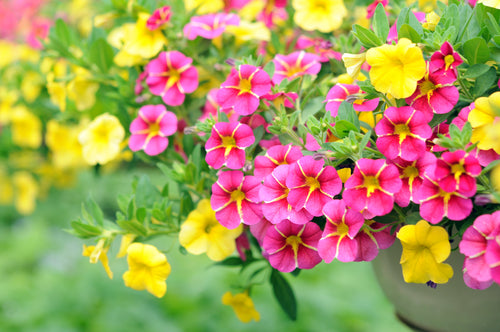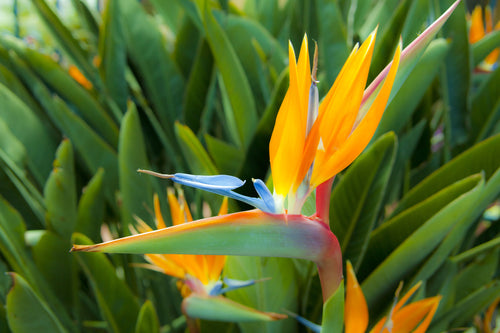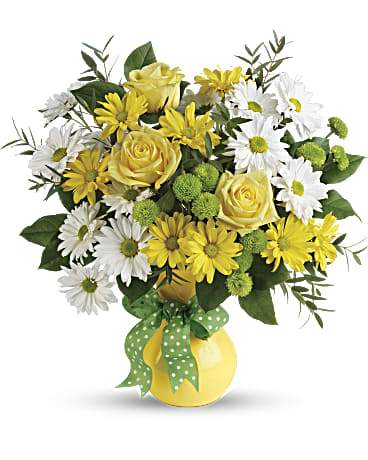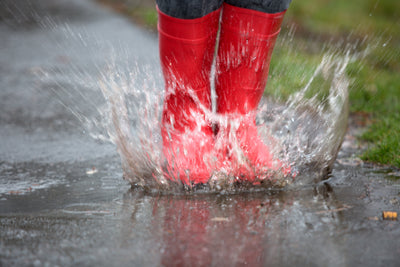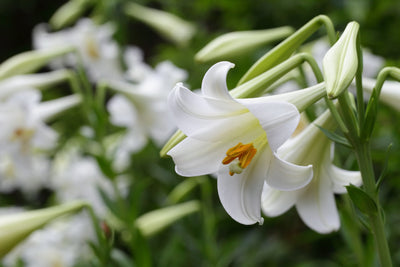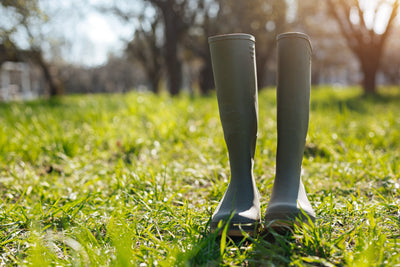Bromeliads are both incredibly attractive and yet strikingly different all at the same time. Just a mere look tells us right away that these unusual plants originate from a vastly different climate, most calling the tropics in South America their home. Keep their native habitat in mind when caring for them and try to recreate their natural environment- bright indirect light, high humidity, and warm temperatures without any major fluctuations. Fortunately for us gardeners in the northern hemisphere there are numerous types of bromeliads that are quite robust and tolerant of our typical indoor settings.
Popular bromeliad genera typically found for sale include Guzmania, Aechmea, Vriesea, Neoregelia, Tillandsia and Ananas (pineapple). Some bromeliads are air plants (epiphytes), meaning they naturally grow on trees, using these for support and extracting water from the atmosphere rather than the soil, hence the need for humid conditions. Be aware that all bromeliads are acutely sensitive to overwatering and root rot, but especially those that are air plants. For air plants refrain from planting into soil but rather allow roots to breathe. To ensure all other bromeliads are not overwatered select a potting medium that provides excellent drainage such as orchid mix which are primarily bark. Plants benefit from smaller pot sizes but may require a solid overpot to act as support and avoid plants becoming top heavy.
Try to raise humidity levels around plants by having a nearby open water source, running a humidifier, and/or misting plants frequently. Bromeliads are not heavy feeders and only require a low dosage feed on a monthly basis. If watering from the top into the tank or crown of the plant, be sure to empty out the water weekly to avoid stagnant water forming and any buildup of salts. For best results water plants with rainwater or distilled water if possible. As a general rule water weekly, ensuring that all water drains freely and plants do not sit in water. Alternatively, plants can also be dunked or submerged in water, providing all excess water drains freely.
Once bromeliads reach maturity, they will form a flower stalk and bloom for many months if conditions are favorable. Many times it is the colorful bracts of the plant that we mistake for the bloom as they are the showiest. Some varieties are grown for their foliage and dazzle with vibrant colors and patterns. Most plants only bloom once before the plant starts to slowly die; however healthy plants will typically produce offsets known as pups. A pup is a genetic clone allowing the mother plant to reproduce vegetatively. Once the pup has reached a sustainable size, remove it carefully and pot it up to enjoy the next generation.
Latin Name: Family Bromeliaceae
Light: Bright light indoors, indirect bright light outdoors
Bloom Color: Red, purple, orange, yellow, green
Bloom Period: Dependent on plant maturity.
Height: varies greatly between types
Habit: Upright
Hardiness: Not hardy (houseplant)





